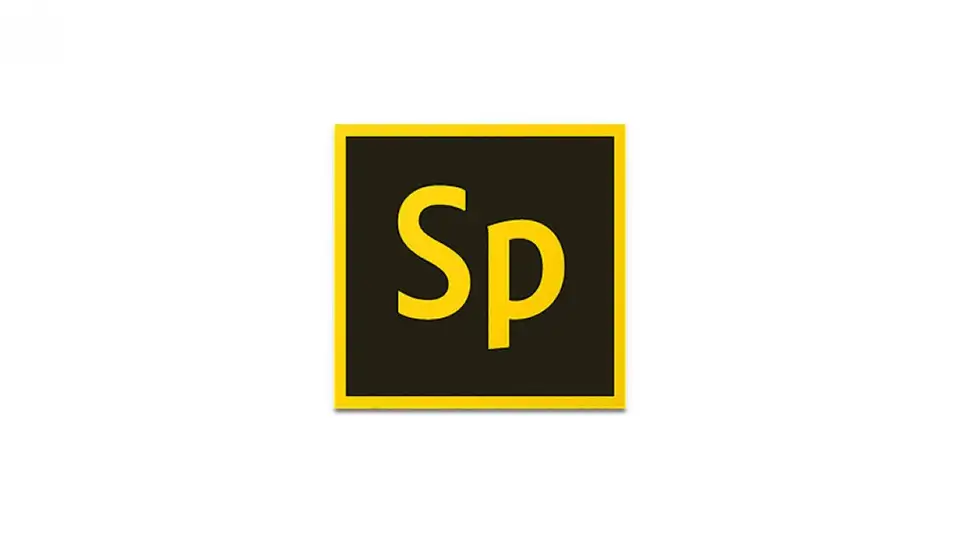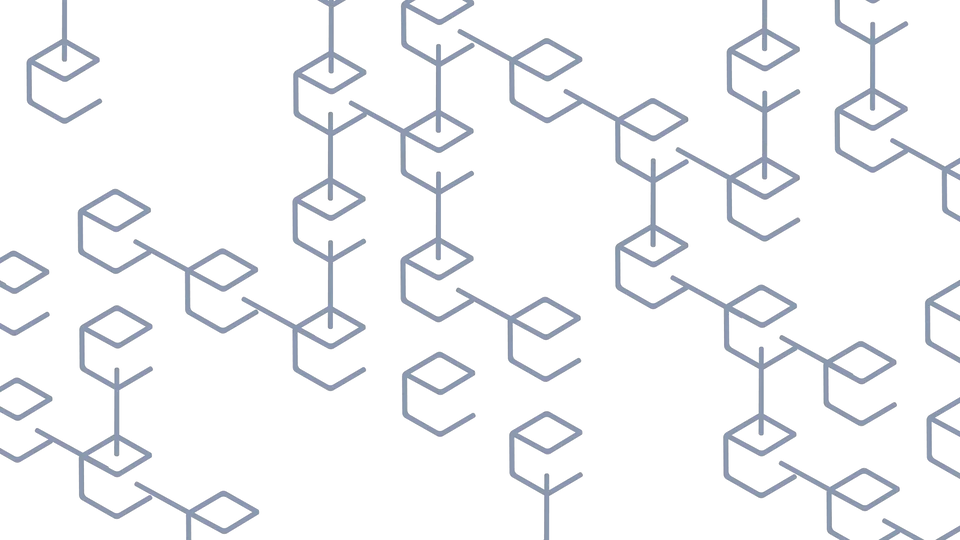Are you an aspiring writer looking to hone your skills and explore new storytelling formats? If so, you might be wondering about the differences between microfiction and short stories.
While both are forms of short fiction, they have key differences, ranging from their length and structure to narrative techniques and writing styles.
In this article, we will explore the unique features of microfiction and short stories, and help you decide which format best suits your creative vision.
Whether you are an experienced writer or just starting out, understanding these differences can help you push the boundaries of your storytelling and create truly innovative works that captivate readers.
So, let's dive in and explore the fascinating world of microfiction and short stories!
Key Points
- Microfiction is extremely short and relies on a twist or surprise ending, while short stories span several pages and allow for more detailed world-building and exploration of complex themes.
- Both formats require skill and creativity to convey a message or story within word constraints, but their pacing and structure differ.
- Choosing the right format depends on personal preference and what the writer aims to convey in their work.
- Both microfiction and short stories require a strong understanding of storytelling techniques, including character development, setting, plot, and pacing.
What Is Microfiction?
Microfiction is a form of storytelling that is very short and sharp, perfect for those who want to convey something in just a few words! With a limit of only a few hundred words, microfiction challenges writers to deliver an entire story within a small space.
There are numerous benefits to microfiction?it?s a great way to challenge yourself as a writer, hone your editing skills, and experiment with new ideas and styles.
Some successful examples of microfiction include Ernest Hemingway?s famous six-word story, ?For sale: baby shoes, never worn,? and Lydia Davis?s ?The House Behind,? which tells a complete story in just 58 words.
With microfiction, every word counts, and writers must be meticulous in their choices to create a story that truly impacts. So, if you?re looking to try something new and push yourself as a writer, microfiction might be the perfect challenge for you!
What Is a Short Story?
You might not realize it, but a short story can transport you to a whole different world in just a few pages. It?s amazing how much depth and emotion can be packed into such a concise format. Here are three elements that make short stories truly powerful:
- Characterization: A strong protagonist can make you feel as if you?re experiencing their struggles and triumphs firsthand.
- Conflict: Whether internal or external, conflict creates tension and keeps you engaged until the end.
- Resolution: A well-crafted ending can leave you feeling satisfied or unsettled, but either way, it should leave a lasting impression.
The importance of brevity in storytelling cannot be overstated. With limited space, every word matters, and every sentence must serve a purpose. This means every aspect of the story, from the setting to the dialogue, must be carefully chosen to advance the plot and develop the characters.
A short story is like a puzzle, and each piece must fit together to create a cohesive and impactful whole.
Differences in Writing Style
When writing microfiction and short stories, word count and pacing are key factors that writers need to consider.
Microfiction typically ranges from 100 to 500 words, while short stories can be up to 7,500 words. This means that microfiction writers need to be highly selective with their word choices, whereas short story writers have more room to develop characters, plot, and setting.
In terms of pacing, microfiction demands a quick and immediate impact on the reader, while short stories can be paced more leisurely.
Microfiction often relies on a twist or surprise ending to leave a strong impression on the reader, whereas short stories can explore more complex themes and character development.
Despite these differences, both forms of writing require a certain level of skill and creativity to effectively convey a message or story within their respective word constraints.
Differences in Narrative Techniques
When it comes to narrative techniques, there are three main areas to focus on:
- Character development
- Setting
- Plotting
These elements are crucial in crafting a compelling story that will keep readers engaged from beginning to end. By honing your skills in these areas, you can create narratives that truly resonate with your audience and leave a lasting impression.
So, if you?re looking to take your storytelling to the next level, be sure to pay attention to these three key components. Don?t be afraid to experiment with different techniques and styles, and always keep your audience in mind. With practice and dedication, you can become a master storyteller and craft narratives that captivate and inspire.
Character Development
When characters come alive in microfiction, readers are left to imagine their backstories and motivations through subtle actions and words. Character depth is not explicitly presented in microfiction as it is in short stories. However, this doesn?t mean microfiction lacks emotional impact.
In fact, microfiction relies on emotional impact to deliver a powerful punch in a short amount of time. The challenge of character development in microfiction is to create memorable characters with just a few words. Every word must count, and every action must reveal a part of the character?s personality.
This way, readers can piece together the character?s backstory and motivations without being told everything. Despite the limited space, microfiction can still evoke strong emotions from readers through its characters' actions and words.
In microfiction, character development isn?t about describing the characters in detail but about giving enough clues for readers to imagine the character's depth and emotional impact.
Setting
Now that you understand the importance of character development, let?s dive into the next crucial element in storytelling: setting.
Creating a setting that transports readers to another world is essential for both microfiction and short stories. However, the difference lies in the amount of detail needed to achieve this effect.
In microfiction, you have limited space to create an atmosphere that immerses the reader in the story. Therefore, every detail you include must be carefully chosen to guide your reader into the setting.
Conversely, short stories provide more room to create a detailed and immersive world. The key is to balance the amount of detail you include with the pacing of the story. Don?t overwhelm your readers with too many details, but also don?t skimp on the essential elements needed to create a believable world.
By understanding the importance of detail and creating atmosphere, you can elevate your storytelling to a higher level.
Plotting
Developing an engaging plot is crucial in any story, as it serves as the driving force that keeps readers invested from beginning to end. In microfiction and short stories, plotting is equally important. However, the main difference lies in the structure and pacing of the plot.
Microfiction is known for its ability to deliver a powerful punch in a very short amount of time. As such, its plots are often condensed and packed with twists that leave readers stunned. The pacing is usually quick, with the story unfolding rapidly and reaching a surprising climax.
On the other hand, short stories allow for a more leisurely exploration of the plot. The pacing is often slower, and the story takes its time to build up to a satisfying conclusion. The structure of the plot also differs, with short stories having more room for character development and thematic exploration.
While there may still be twists and turns, they are often spread throughout the story rather than packed into a few lines. Ultimately, whether you?re writing microfiction or short stories, it?s important to carefully consider the pacing and structure of the plot to ensure it delivers the desired impact.
Choosing the Right Format for Your Work
Choosing the right format for your work is crucial, as it can make the difference between a successful microfiction or short story. Here are a few things to consider when deciding which format to use:
- Pros and Cons: Microfiction is great for capturing a specific moment or emotion, while short stories allow for more character and plot development. Consider your strengths as a writer and what you want to convey in your work.
- When to Choose Microfiction: If you have a specific image or emotion you want to convey, or if you?re short on time , microfiction might be the right choice. Remember, you?ll need to be concise and deliberate with your words.
- When to Choose a Short Story: If you have a complex plot or character arc you want to explore, or if you want to delve deeper into a topic, a short story might be the better choice. Remember, you?ll have more space to develop your ideas, but you?ll also need to keep readers engaged for a longer period.
- Audience: Consider who you?re writing for and what they might be looking for in a piece of fiction. If your audience is busy and looking for a quick read, microfiction might be the better choice. If they?re looking for something more substantial, a short story might be more appealing.
- Personal Preference: Ultimately, the choice of format should come down to what you enjoy and feel most confident writing. Experiment with both forms and see which one suits you and your writing style best.
Conclusion
So, which format is right for you? It depends on what you want to achieve with your writing.
If you want to create a brief, intense experience that leaves readers pondering long after they?ve finished, microfiction might be your ideal choice. On the other hand, if you want to tell a more complex story that immerses readers in a world of characters, settings, and plotlines, a short story might be the way to go.
Ultimately, the decision is yours, but remember that both microfiction and short stories can be powerful forms of expression that showcase your unique voice and style.
So, whether you?re a minimalist who prefers to convey much with few words or a storyteller who loves creating immersive worlds, there?s a format that?s right for you.
 Indonesia
Indonesia 









